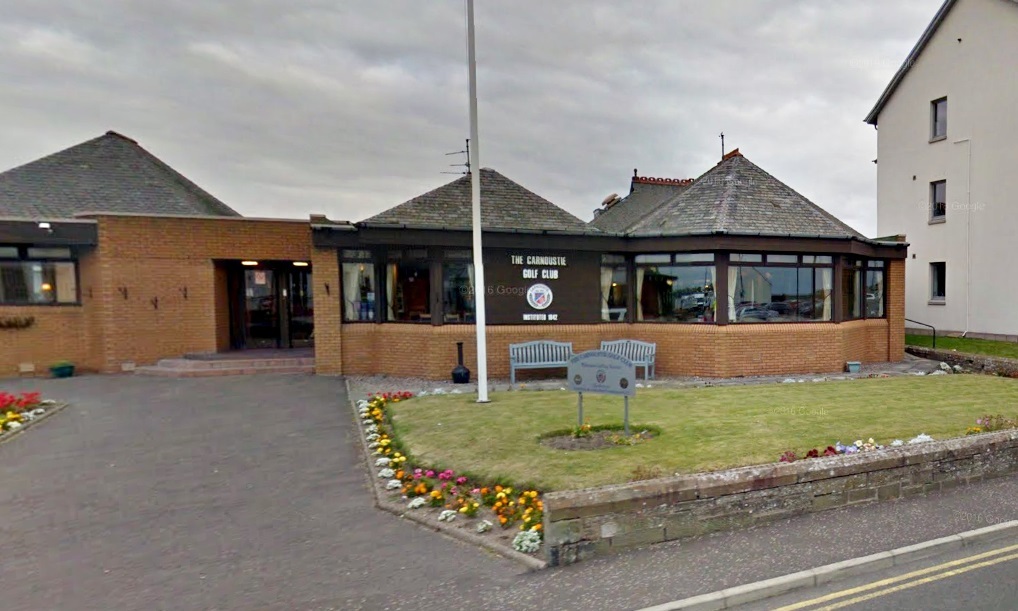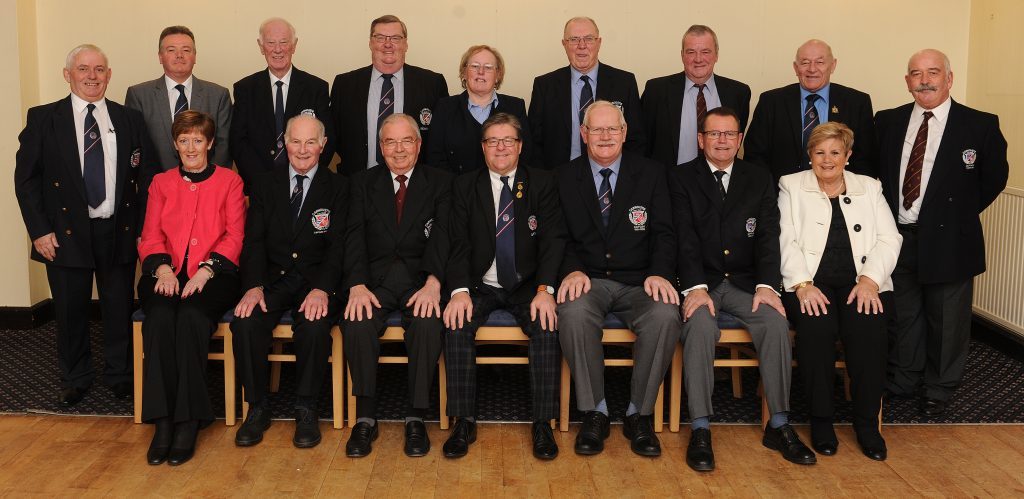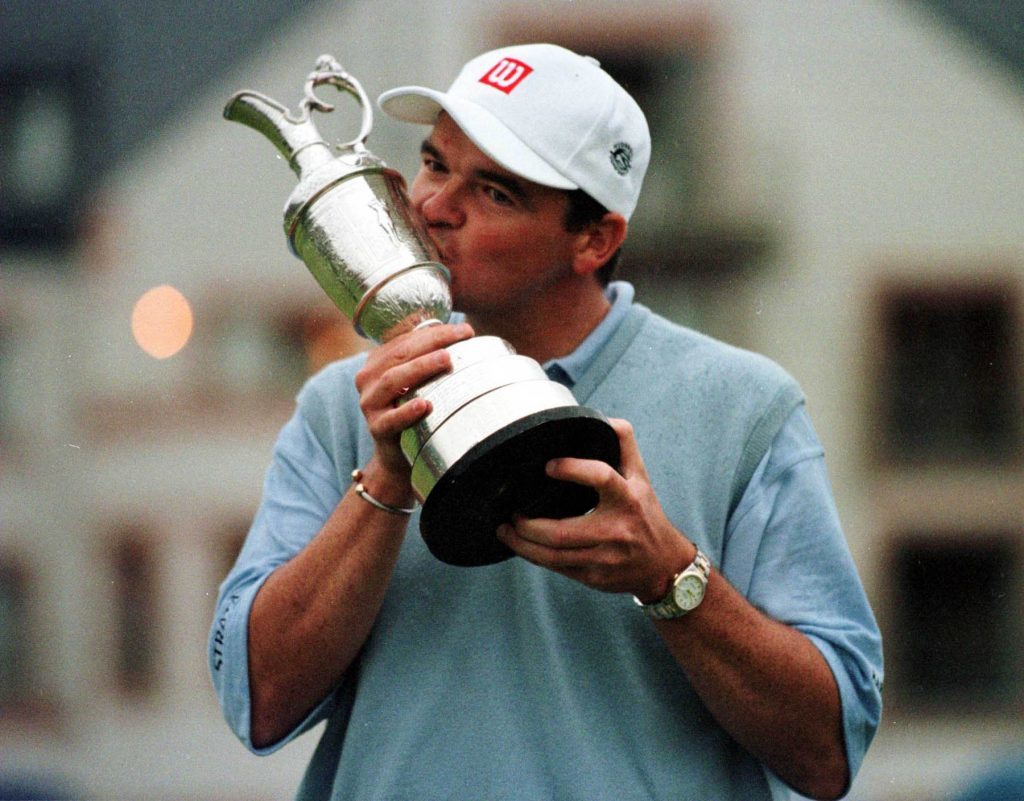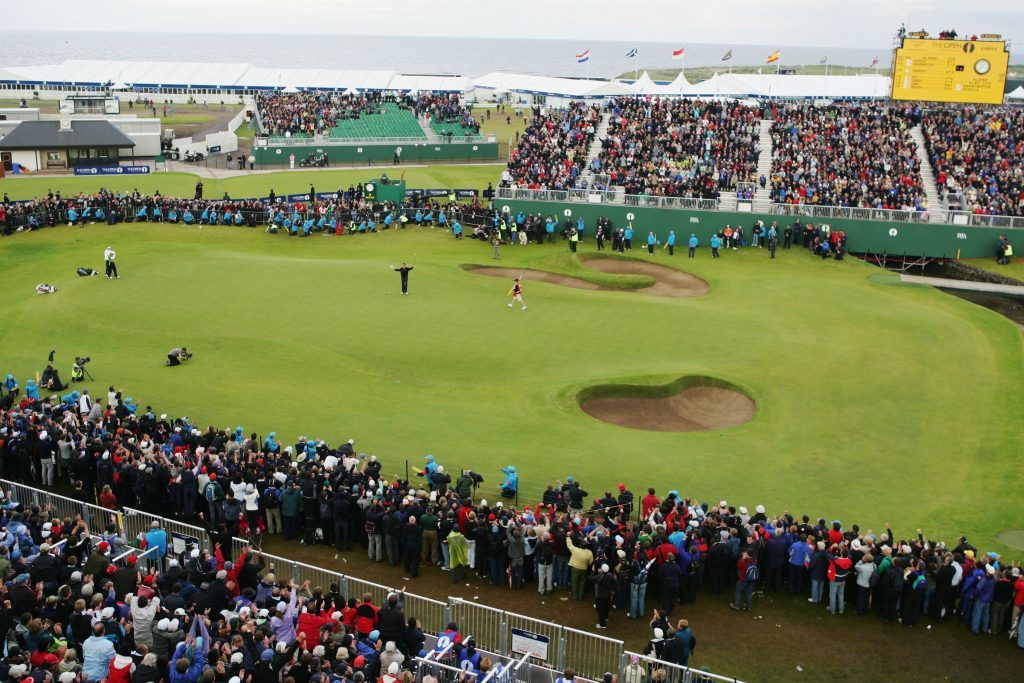Carnoustie Golf Club has teed off a milestone anniversary year to celebrate its position as one of the oldest in the world.
A weekend gathering of captains for the 1842 lunch at the Links Parade clubhouse in the Angus town signalled the start of what will be a busy programme to mark the 175th anniversary of the formation of the club beside the links course which has become one of the most revered in the sport.
Current club captain Bill Thompson welcomed predecessor figures to the celebratory event.
The club was formally constituted in 1842, although records show that it existed years before then.
Players of the era held their early meetings of the new Carnoustie Golf Club in the howffs of the town, with Ferrier’s Inn — now the 19th Hole — being the most popular haunt.
The gatherings signalled the first efforts to grow the game through the organisation of competitions and the formation of a club or golfing society, leading eventually to the 1898 decision to build the Links Parade clubhouse adjacent to the championship course.
Carnoustie’s first course was planned and laid out by Edinburgh publisher Robert Chalmers in the early 1830s, but it was Alan Robertson of St Andrews who, in 1850, designed the basics of today’s famous Open championship course.
Old Tom Morris redesigned and extended the links to a full 18 holes in the early 1870s, with legend James Braid putting his stamp on Carnoustie in 1926.
The Carnoustie club’s own history reports that although the members were essentially happy with Braid’s vision of the Angus course, it was felt by many that despite its redesigns and renovations, something was still lacking — the finish was “weak.”
As a result, and just in time for the 1937 Open Championship, the final three holes were redesigned by James Wright, an accountant with a business in Dundee and also chairman of the Links committee from 1926-37.
The changes led to Wright being credit with having producing what has become famed as the ‘toughest finishing stretch in golf’.
Influence stretches across the globe
Carnoustie Golf Club’s proud place in golfing history has given rise to myriad success stories in competition and administration of the game across the globe.
The Links Parade club has produced Scottish and British Boys champions, Amateur champions at home and abroad and a string of Walker Cup players, including team captain Robert Harris in the 1920s.
Over 200 members left Carnoustie for America and have filled prime positions in the USPGA.
Down Under, the PGA of Australia was formed in Carnegie Clark’s workshop at Royal Sydney Golf Club in 1911, a player who went on to win three Australian Opens.
The ‘annus mirabilis’ for Carnoustie Golf Club was 1910, when Alex Smith won the US Open, Carnegie Clark triumphed in the Australian Open and GL Fotheringham captured the South African Open.
Members have also played their part in the development of golf in Belgium, Canada, China, Denmark, France, Germany, Guatemala, India, Mexico, New Zealand, Norway, South Africa, Sweden and Switzerland.



